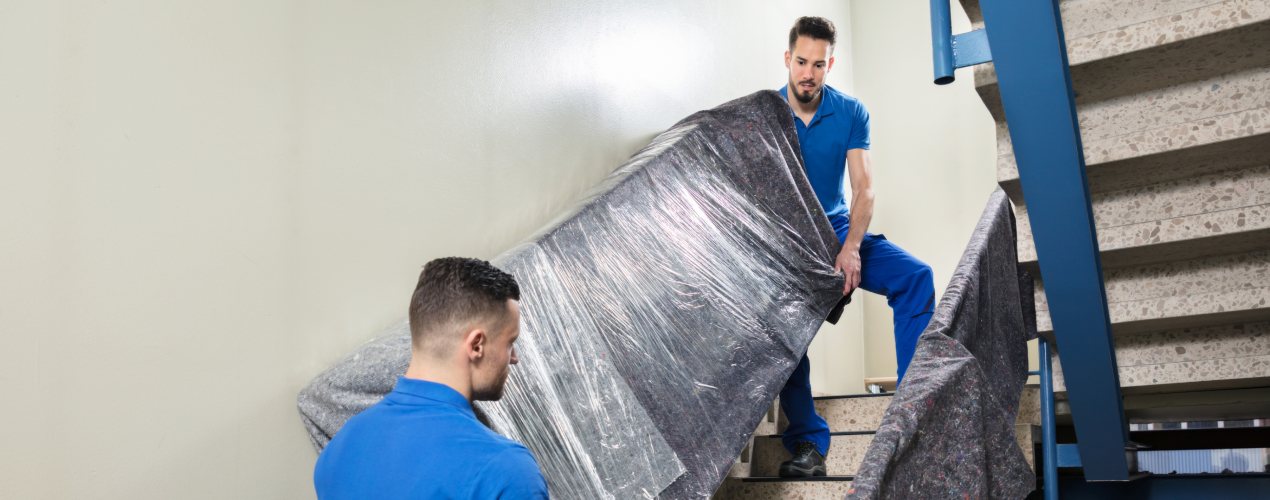
Decoding Costs: How Do Moving Companies Charge?
Explaining the cost structure of moving companies
When starting a move, whether it’s a short trip within the city or a long-distance move across the country, you need to understand the complex pricing structure that the moving company charges. We will provide essential information for those looking to hire professional movers, highlighting the importance of understanding the intricacies of their pricing mechanisms. It covers everything from hourly rates for local moves to weight-based pricing strategies for longer-distance moves, highlighting what to expect and how to allocate your budget wisely.
In addition, we shed light on costs that are often overlooked, including fees for packing services and materials, extended haulage distances, staircase and lift fees, transfer services, and even parking permit costs. By carefully considering these elements, we aim to help you prepare for your upcoming move, ensuring that it goes smoothly and is carefully organised.
Cost calculation for local moves
Local moving firms typically bill by the hour, covering not only the moving vehicle but also a comprehensive array of equipment, various materials, and a team of movers. So, how do movers charge? The hourly fee escalates with the need for more moving personnel or vehicles. For instance, employing a vehicle and two movers might cost $120 per hour, while a trio of movers with a truck could cost $175 per hour. Engaging two trucks and four movers might rise to $240 per hour, and so on.
The specifics of your move, like the number of trucks and movers required, will determine the hourly rate charged by the moving company. Many companies include fuel and material costs at this rate, though some may not.
Typically, local moves don’t incur any extra charges. Since the billing is based on an hourly rate, the complexity or uniqueness of your move, including factors like stairs, long carries, or elevators, ultimately comes down to the time taken. Nevertheless, it’s essential to ask about any potential extra charges that could arise.
How do movers charge for long-distance relocations?

The primary cost determinants for long-distance moves are the weight of your items and the distance of the move. The more you need to move or the greater the distance, the higher the cost. Unlike local moves, where you are charged mostly on an hourly basis, long-distance moving costs are usually itemised depending on the specifics of your move. What do moving companies charge for?
- Packing services. For long-distance moves, professional packing of fragile items by the moving company is common to minimize damage risk.
- Packing materials. The customer is charged for any packing materials used.
- Long carries. Applicable if there’s a significant distance between the moving truck and your residence.
- Stair charges. Additional fees for moving items up and down stairs.
- Elevator charges. Extra costs for using an elevator during the move.
- Shuttle services. Used when the moving truck cannot access your front door directly, requiring a smaller vehicle for transportation.
- Parking permits. Costs for parking permits needed for the moving truck are usually borne by the customer.
Tips for enhancing the precision of your relocation estimate
When preparing for a move, ensuring the accuracy of your moving estimate is crucial to a smooth and stress-free transition. An accurate and thorough estimate not only helps with financial planning but also sets transparent expectations for both you and the moving company. To achieve this accuracy, follow these steps:
- Specify your needs. Whether you require packing assistance or support with dismantling and reassembling furniture, state your needs clearly when asking for a quote. Such specificity guarantees that both parties share a common understanding of what is expected.
- Ask about additional charges. Be aware of the possibility of extra costs, which might include handling stairs or elevators, long hauling distances, or charges for packing supplies. Check if they are included in your initial assessment or if they can be excluded.
- Compile a detailed inventory. To avoid unexpected additional costs, make sure that your quote clearly lists the items to be moved. It is advisable to make a complete list of all the rooms and important items to be moved. This list should be included in the estimate with a copy attached.
- Provide extensive information for your quote. The more details you offer regarding your belongings and furniture, the more accurately the movers can assess the required labour and vehicle size.
- Indicate any special services required. If you need special assistance, like packing help or transporting large items like pianos or hot tubs, make sure to highlight these requirements.
This approach ensures a more accurate and stress-free moving experience.






